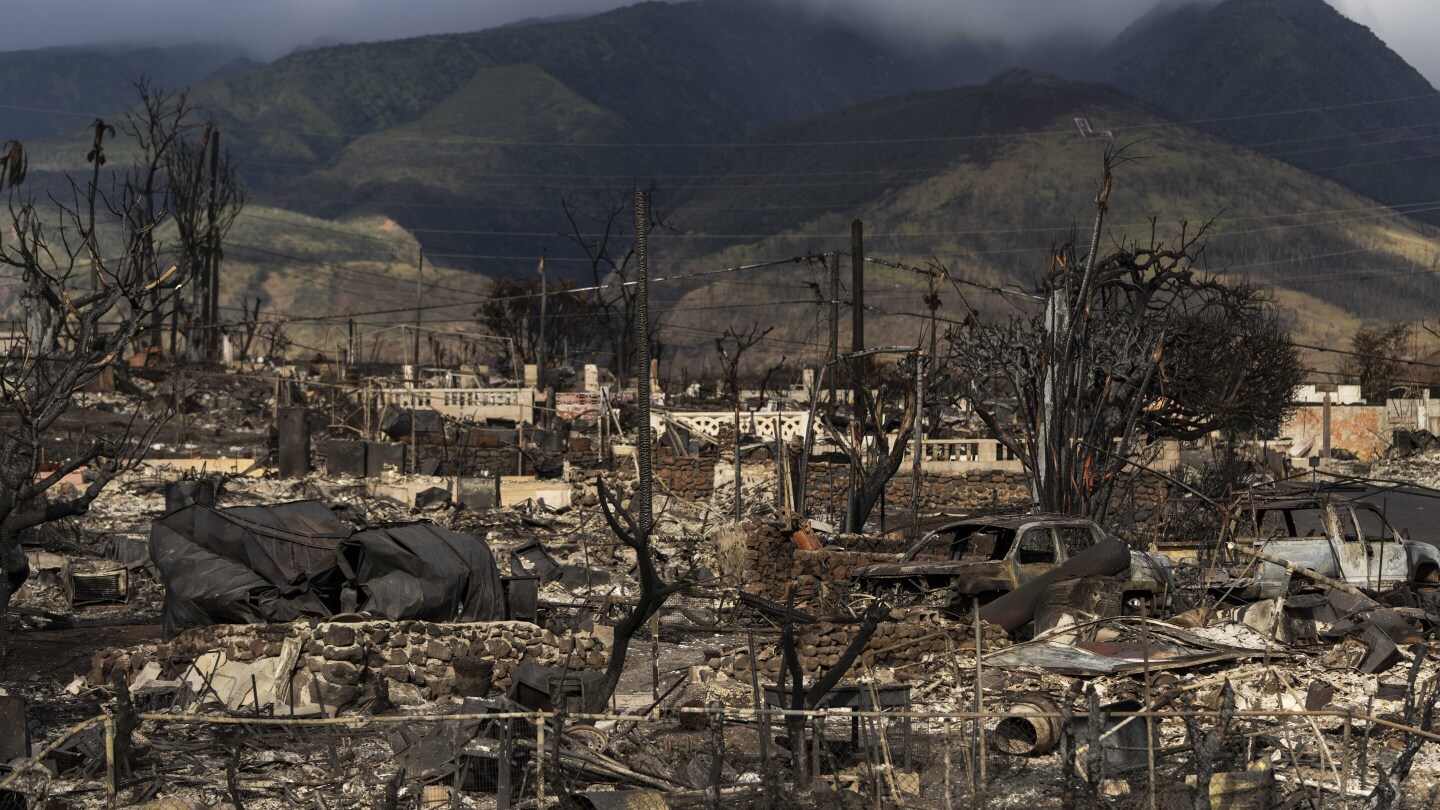In its statement, the utility addressed the cause for the first time. It said the fire on the morning of Aug. 8 “appears to have been caused by power lines that fell in high winds.” The Associated Press reported Saturday that bare electrical wire that could spark on contact and leaning poles on Maui were the possible cause.
But Hawaiian Electric appeared to blame Maui County for most of the devastation — the fact that the fire appeared to reignite that afternoon and tore through downtown Lahaina, killing at least 115 people and destroying 2,000 structures.
That’s like blaming the bomb disposal team for not defusing your bomb…
Not really, downed power lines dues to storms is always going to happen, and it’s the responsibility of the fire department to deal with fires caused by that. They didn’t do so adequately. It’s impossible to say that power lines can’t be downed other than burying every line and idk if that’s feasible as I don’t know Hawaii’s soil structure and if they’re willing to dig up all the roads and sidewalks to do so
Videos and images analyzed by AP confirmed that the wires that started the morning fire were among miles of line that the utility left naked to the weather and often-thick foliage, despite a recent push by utilities in other wildfire- and hurricane-prone areas to cover up their lines or bury them.
Compounding the problem is that many of the utility’s 60,000, mostly wooden power poles, which its own documents described as built to “an obsolete 1960s standard,” were leaning and near the end of their projected lifespan. They were nowhere close to meeting a 2002 national standard that key components of Hawaii’s electrical grid be able to withstand 105 mile per hour winds.
Sheds more light that, all of our utilities need updated but most of the country seems to just refuse to use their profits for it and want the government to upgrade their stuff
That’s what happens when gov’ts are allowed to privatize public utilities.
The power lines were not insulated and the company had been warned of the danger.
This is on them.
Are power lines ever really insulated though? I’m Midwest US and have only seen them insulated when running from the poles to houses. Have never seen them insulated anywhere else.
Here in California, they started using insulated wire for all of them a few years ago after a big fire in 2018. They recently replaced a bunch of poles near me and I’m not even in a brush area. I guess it’s not as much priority in the Midwest, but Hawaii should have followed California’s lead.
deleted by creator
What about how close everything was built? Couldn’t some of the blame be on the city planners or enforcers?
Unless there was some extreme negligence, I think this is just a risk we all accept for living in a modern world.
Other power companies have started replacing poles and lines to meet new safety standards. If these same lines were in California, they probably would have already been replaced. Ideally, other states should learn from the 2002 national standard and the 2018 fires and not wait until it happens in their own backyard.





